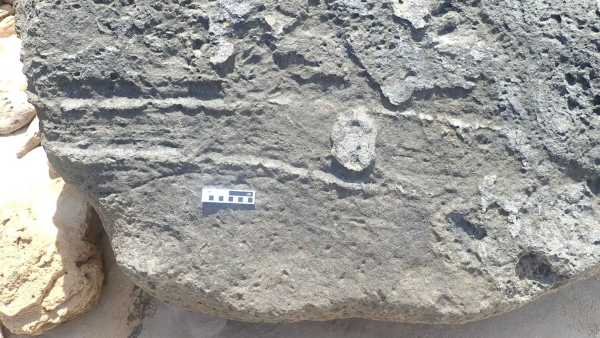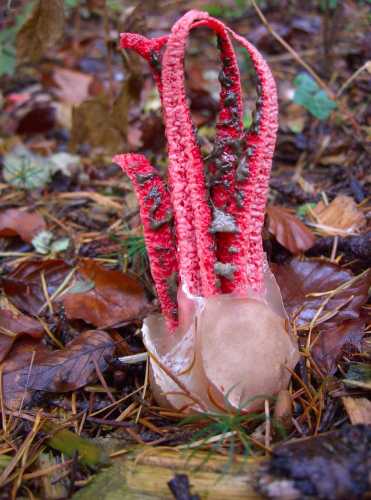
Researchers have discovered trees in Panama's lowland rainforest that use lightning to their advantage. (Photo: pawopa3336/Getty Images)
Lightning is often seen as a symbol of destruction in forests, killing or damaging trees with its strikes. However, in the lowland rainforests of Panama, one species of tall tropical tree may have evolved to harness this natural force for its own purposes.
The tonka bean tree (Dipteryx oleifera) may actually benefit from lightning strikes, according to a new study.
Scientists have found that not only do these trees survive electrical strikes, but lightning also damages competing species and parasitic vines that grow on tonka bean trees. The findings were published March 26 in the journal New Phytologist.
“We started this study 10 years ago, and it became clear that lightning was killing a lot of trees, especially large trees,” lead author Evan Gora, a forest ecologist at the Cary Institute of Ecosystem Studies, told Live Science. “But Dipteryx oleifera consistently showed no damage,” Gora added.
In tropical forests, lightning is the leading cause of tree death, especially among the largest and oldest trees, which play an important role in storing carbon and maintaining biodiversity.
Understanding how lightning affects forest structure and species composition could shed light on the resilience of these ecosystems in the face of climate change. But amid the destruction, the researchers noticed something surprising: One species seemed to be thriving.
Using a specially designed system of electric field sensors and cameras to track the discharges, the researchers studied about 100 lightning events in the Barro Colorado Natural Monument in Panama.
To accurately track the locations of lightning strikes, scientists developed high-precision equipment. An antenna array located throughout central Panama recorded radio waves from lightning strikes. By analyzing the energy patterns recorded by each sensor in the array, the researchers were able to pinpoint the location of the strike with high accuracy.
Using ground survey data and drone imagery, the team was able to pinpoint affected areas of the forest and track the health of the trees over time.

A Dipteryx oleifera tree immediately after a lightning strike in 2019 (left) and two years later (right). The tree survived the lightning strike with minimal damage and benefited from the removal of parasitic vines and competing neighbors.
The researchers noted that D. oleifera stood out as a species that showed little or no damage after being struck by lightning.
To get a long-term picture of the impact of lightning on bob trees
Sourse: www.livescience.com





